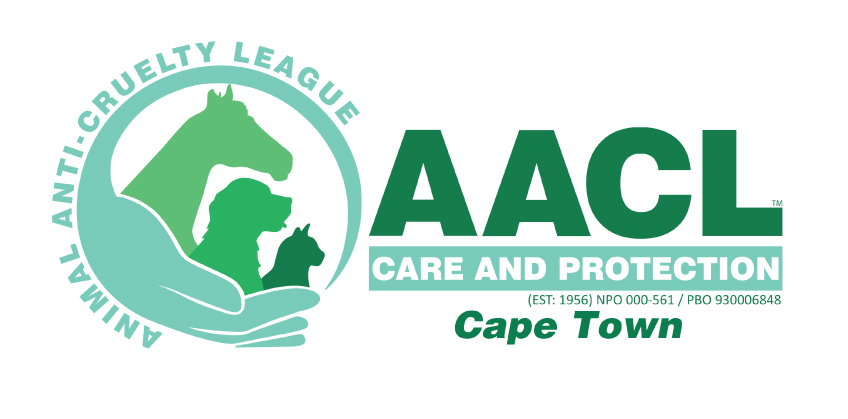
TRENDING

We’re excited and honoured to feature South Africa’s second largest independent animal welfare organisation on PetlifeSA.
Reasons to Chip Your Pet

Sadly, many cats and dogs lost each year are never found and reunited with their human companions because no information is available on their identity or owner details may be lacking or outdated.
Although many pet owners ensure that their dogs and cats have collars and often attach a name tag inscribed with the pet’s name and their own contact details, these methods are often not always reliable. Collars and name tags can easily fall off, break or the information on them becomes illegible over time.
A modern and effective way of protecting your dog or cat from being lost or stolen is by ensuring that they are microchipped and that the registered information is current. Ideally your pet should be microchipped prior to you purchasing or adopting them. If your pet does not have a microchip or you are unsure, it is recommended that you make an appointment with your local vet where they will be able to assist you through the process.
What are microchips?
Microchips are implantable electronic computer chips, about the size of a grain of rice. A veterinarian will insert this chip under your pet’s skin using a needle without anaesthesia, similar to a simple injection. Each microchip carries a registration number that is associated with the owner’s name and contact details. This information is then uploaded to a national pet registry.
Microchips do not have batteries and work by receiving a radio signal from a scanner and transmitting the encoded chip identification number back to the scanner. Once the chip identification number is displayed on the screen of the scanner, the vital contact information can be retrieved.
Benefits of microchipping
There are a number of reasons why microchipping is beneficial:
- While pet collars and name tags can easily break and disappear or fade away, the microchip is permanent and can’t be separated from the pet.
- Microchipping is a quick, painless and safe procedure. The microchip is injected under the skin using a hypodermic needle.
- Microchips last a lifetime. Once implanted, they are worry free, aside from having your veterinarian scan your pet ‘s microchip each year to check for any malfunction.
- Microchips have reunited hundreds of pets with their human companions.
- If your pet ever goes astray, they will be protected. A registered microchip with up-to-date contact information is the most reliable form of identification for pets.
The benefits of microchipping only work if the registered information is up-to-date. Remember to upgrade your contact information if you change address, phone number or transfer pet ownership. If you have any additional questions about the microchipping procedure, please get in touch with your local veterinary healthcare team.
Related Articles













